
Print it Yourself! No. 20
Nyomtassteis! No. 20
Keywords: poverty; corruption;government corruption; strike
More...
Keywords: poverty; corruption;government corruption; strike
More...
Keywords: poverty; migration; starvation;education
More...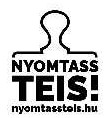

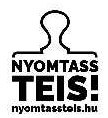
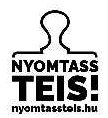
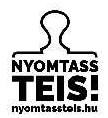
Keywords: poverty; children; government; income
More...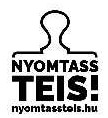
Keywords: poverty; higher education; legislation; rumors
More...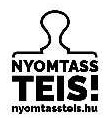
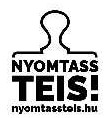
Keywords: homeless;Hungarian Academy of Sciences;European Unio;
More...
Keywords: European Union; vision; youngsters; Stop Soros
More...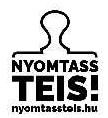
Keywords: corruption; home nursing work; choice;
More...
Keywords: Viktor Orbán; corruption;education;health policy;
More...
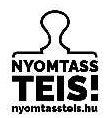
Keywords: nuclear power plant; health service; Radio Free Europe;
More...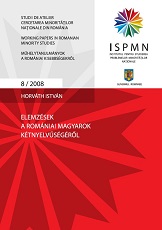
Keywords: Bilingualism of Hungarians in Romania; Mother tongue; normative context of bilingualism; Efficient communications;
Bilingualism is a widespread characteristic of Hungarians from Romania. The study analyses the linguistic context of this community through an empirically grounded description of bilingualism. Building on data provided by the censuses from 1992 and 2002, the article starts with the study of mother tongue as statistical category. In the second part the author discusses three dimensions of bilingualism: bilingual linguistic competence, language use, and the normative context of bilingualism. The typology of bilingualism described in the article reflects the principle of complementarity of the two languages as well as the criteria of success and efficiency in communication. The typology classifies language proficiency, monolingualism and bilingualism according to the relative position of the two languages in the communication repertories.
More...
Keywords: Art education; Romanian folk dance; Conservation of art;
The present study asks in its title, which attempts to outline the current situation of the Hungarian folk dance teaching in Romania and to assess the practice and opportunities created by the natural (or in some places propagated) demand. In fact, it is actually trying to map a "curriculum" that is formally non-existent in the Romanian educational system, which is based on the needs of the invited or self-proclaimed dance instructors and co-leaders, but the study also seeks the basic question of whether it is possible and if so, then what methods to teach segments of traditional folk culture, namely, whether it is possible to instruct the "folk dance" in an artificial environment instinctively?
More...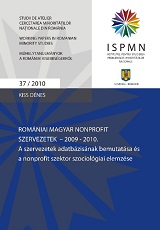
Keywords: Hungarian non-profit organizations in Romania; budget resources; foreign donations;
Jelen dolgozatban a romániai magyar civil szervezetek – avagay romániai magyar nonprofit szektor– szociológiai szempontú elemzésére teszünk kísérletet. A dolgozatban két célt követtünk. Egyrésztmegpróbáltunk képet alkotni a szóban forgó szervezeti szféra nagyságáról és területi megoszlásáról, aszervezetek tevékenységek szerinti megoszlásáról, anyagi, humán és infrastrukturális erőforrásokkal valóellátottságáról. Másrészt a romániai magyar nonprofit szektor sajátosságait úgy próbáltuk kimutatni,hogy elhelyeztük azt az európai országok nonprofit szektorainak palettáján. Fő következtetésünk az, hogy az elemzett nonprofit szektor méretében kisebb, mint az a romániai magyar népesség nagyságaalapján indokolt volna; a szektor elsősorban kulturális-közművelődési jellegű feladatok ellátását végzi, miközben fizetett munkaerőt inkább a jóval kisebb számú szolgáltató szervezetekben tud alkalmazni; működésében pedig elsősorban a román és a magyar költségvetési forrásokra, valamint külföldiadományokra támaszkodik.
More...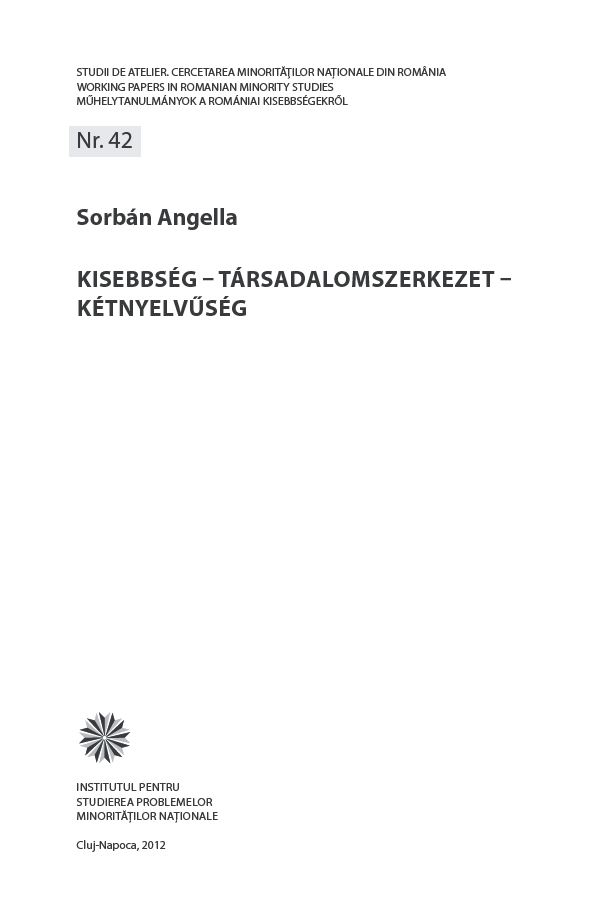
Keywords: Hungarian Minority; Bilingualism; Social structure; Romania;
This study addresses the social structure of the Hungarian minority in Romania from the point of view of minority bilingualism and of language use practices. It summarizes the main characteristics of the minority social structure in the context of the recent past as well as the expected trends in the forecasts. Based on the data of an empirical research conducted by the Institute for the Study of National Minority Problems in 2008, it analyzes the linguistic competences of the different occupational categories in relation to the study language with different interpretations of the affirmation and the language of the communication at the place. Given that the situation of the Hungarians on the labor market is influenced not only by language skills in the state language but also by other factors (structural, cultural, symbolic) it can be concluded that the minority social structure can be rectified by education and by the accumulation of social and cultural capital in the education process. The knowledge of the language of the state is undoubtedly a specific genre of cultural capital, in minority environments this is very important, but it is only one of these genres. Therefore, the work puts the well-known Hungarian cliché - "The child to study in the Romanian language in order to be able to say better" - in a critical and at the same time more nuanced view, in relation to everyday views.
More...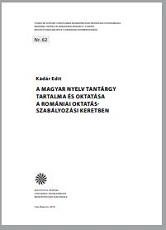
Keywords: Transylvanian Hungarian Population; Demography; ethnic minorities; population change; ethnic composition; migrations,
The study is divided into two parts. The first part presents the results of the census in 2011 and the changes occurred between 2002 and 2011 in the case of ethnic minorities. The main objective of this part is to describe the evolution of Hungarians by region, type of settlement and spatial ethnic structure both in terms of absolute numbers and percentages. We sought to identify contextual factors that determine the evolution of Hungarians (in absolute numbers and percentage) without resorting to demographic analysis. Demographic analysis is presented in the second part of the study. Research done after the census in 2002 highlights a consolidated model, which can describe the demographic processes of ethnic minorities. Besides natural growth and net migration, the model also takes into account the phenomenon of assimilation and looks at changes in identification occurred from one census to the next.
More...